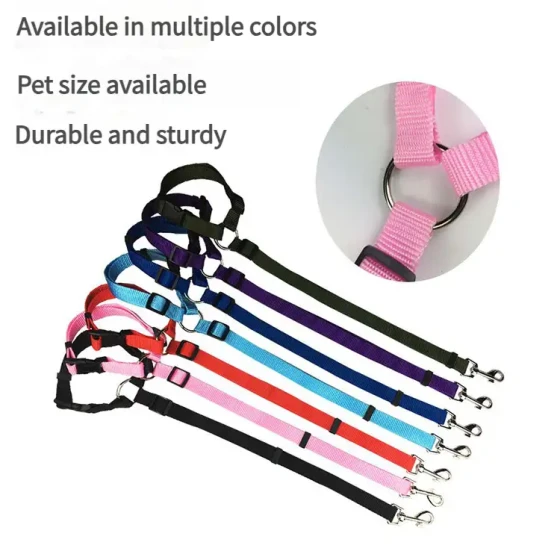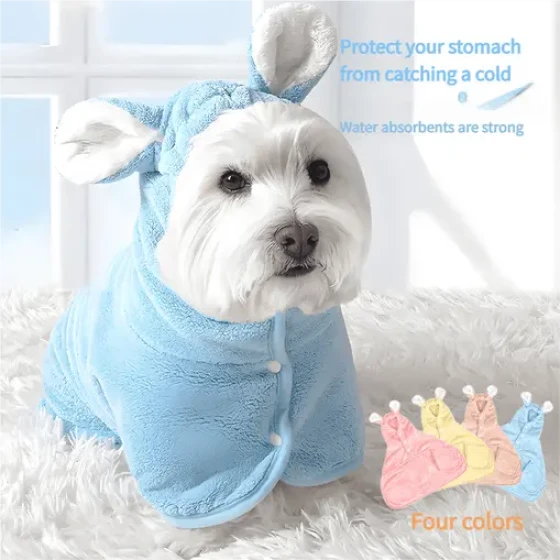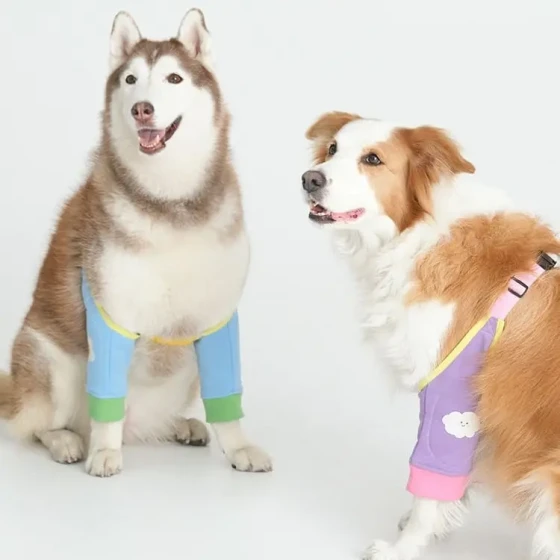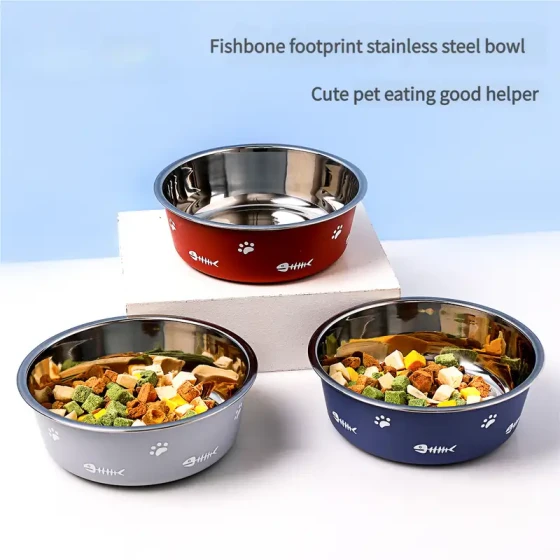Several Things We Can Do for Dogs in Autumn
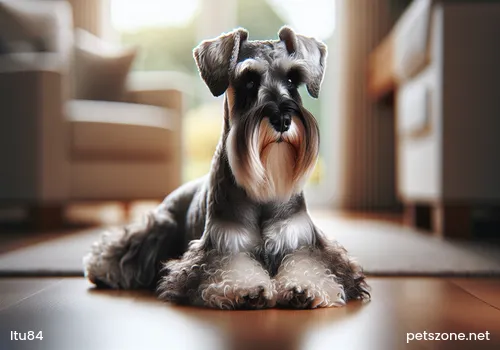
Bichon Frise (Detailed Introduction)
The cheerful autumn is coming soon, are you ready for your dog at home? Do you know what we can do for dogs in autumn? Let me explain it to you one by one!
1. Adjust Your Dog’s Diet
Dogs dislike heat. After enduring their hardest season, the weather turns cool and their appetite suddenly improves. You may notice the dog always seems hungry, eating as much as you give it. It’s good that the dog can eat well and it also makes us happy. However, you need to control your dog’s food intake when its appetite is very good. Often after overeating for two days, they suffer from indigestion: loss of appetite, vomiting, lethargy. If these symptoms appear, you can give it some digestive aid medicine, such as lactase tablets or yeast tablets, and feed smaller but more frequent meals. After a few days of adjustment, it will get better. Also, in autumn and winter the temperature is low and food cools down quickly. If you mix meat with kibble, it’s best to have the dog finish it while it’s still warm, which is better for its stomach.
Additionally, because autumn air is dry and may cause some diseases or dry skin, which could be worse during winter, it is suggested that dog owners add fatty acids to the diet to improve skin dryness and help store energy for winter. This simple method involves adding a little vegetable oil (like corn oil or olive oil) to the dog’s kibble. Just add 1/2 teaspoon to the dog’s dinner and you will see obvious effects after 6 weeks. But owners must ensure their dog’s digestive system is healthy before trying this. If the dog shows intolerance (such as diarrhea), stop adding vegetable oil. If the dog adapts well, stop adding it at the end of winter and resume next year, otherwise you may worry about your dog’s weight loss plan again!
2. Control Your Dog’s Exercise
Dogs are generally lazy in summer, unless owners choose to walk them at cooler night hours. Otherwise, dogs are usually lazy and sleepy indoors. But as autumn cools the weather, the dog’s active nature awakens. Their energy increases outdoors, and at home, they may become restless or even destructive to waste excess energy. You may think just increasing outdoor exercise is enough! The logic is basically right, but for a dog that usually gets insufficient exercise, suddenly increasing activity or over-exercising can hurt its organs and muscles. Therefore, owners are advised to increase activity gradually, starting with an additional 10-15 minutes, then increasing slowly. At the same time, autumn’s natural changes make it ideal to get the dog outdoors into nature, which benefits both your and your dog’s mental health greatly.
3. Pay Attention to the Home Environment
Autumn is generally dry with less rain, which may cause some problems for your dog, such as dry skin and dull fur that reduce its natural protection, making it more prone to fungal skin diseases.
As the temperature cools, window opening times at home usually decrease. However, daily ventilation is still beneficial for both human and dog health. Also, long-haired dogs start growing thicker fluffy hair to prepare for cold weather, which can easily mat, so regular brushing is needed. Brushing boosts blood circulation and acts like a full-body massage for the dog, and a few minutes daily also helps catch shedding fur, preventing it from spreading all over the house.
Owners should also clean the air conditioner filters before winter since the moist summer allowed many bacteria and mold to accumulate inside. These germs spread into your and your dog’s living environment once the air conditioner is used. So take advantage of the clear autumn weather and clean your home and equipment!
4. Prevent Your Dog from Getting Sick
Dogs with weaker respiratory and cardiopulmonary systems or those with heart disease or diabetes are prone to illness this season because of temperature drops, chilly mornings and evenings, and large day-night temperature differences that easily cause colds. Also, heartworm from mosquito bites in summer matures at this time, affecting dogs’ health. Therefore, owners should pay close attention to their dog’s daily condition and consult a vet promptly if abnormalities appear.
Autumn is tick breeding season, and ticks can cause skin inflammation and hair loss. Dogs frequently outdoors or in contact with grass must be treated in advance for fleas and ticks. Spraying products like “Frontline” can act as prevention.
5. Pay Attention to Vaccine Boosters
Although dog vaccines are given once a year, antibody levels and immune function drop gradually over time (especially for dogs more than six months since vaccination). At this time, outdoor exposure and airborne virus levels rise due to favorable climate. To reduce the risk of infection, timely vaccine boosters are necessary.
6. Autumn Is Suitable for Dog Surgeries
Some dog owners want to perform surgeries like neutering or ear cropping. Autumn’s cooler weather provides better circulation inside the dog’s body and fewer mosquitoes, reducing stress and enabling faster recovery. For those planning neutering, autumn surgery helps avoid the embarrassment of the dog going into heat the following spring.
7. Manage Heat Cycles, Mating, and Breeding
Dogs are monoestrous and do not cycle repeatedly. Normally, dogs have two heat cycles each year, typically in March-April (spring) and September-October (autumn). Female dogs only mate during specific “heat periods,” usually twice annually. Adult males can mate any time, often traveling far to find a female in heat. Female heat lasts about three weeks, during which they attract males and show behavioral changes like restlessness and irritability. Females in heat should be separated from males. Puppies reach sexual maturity when males produce fertile sperm, usually at 8-12 months old, but sexual maturity does not mean the dog is ready for breeding. Small dogs mature earlier, large dogs later. Generally, 1-1.5 years for small to medium dogs and about 2 years for large dogs is ideal for breeding to ensure high offspring survival.
Dogs also have “physiological pants” designed for indoor female dogs. They fit like shorts around the dog’s bottom, leaving a hole for the tail. Cotton pads can be placed inside and changed regularly. (If hard to buy, pet owners can DIY by modifying children’s briefs, cutting a tail hole and inserting sanitary pads — economical and practical.) These are not diapers and should be removed when the dog needs to urinate or defecate to accommodate the dog and owner convenience.
